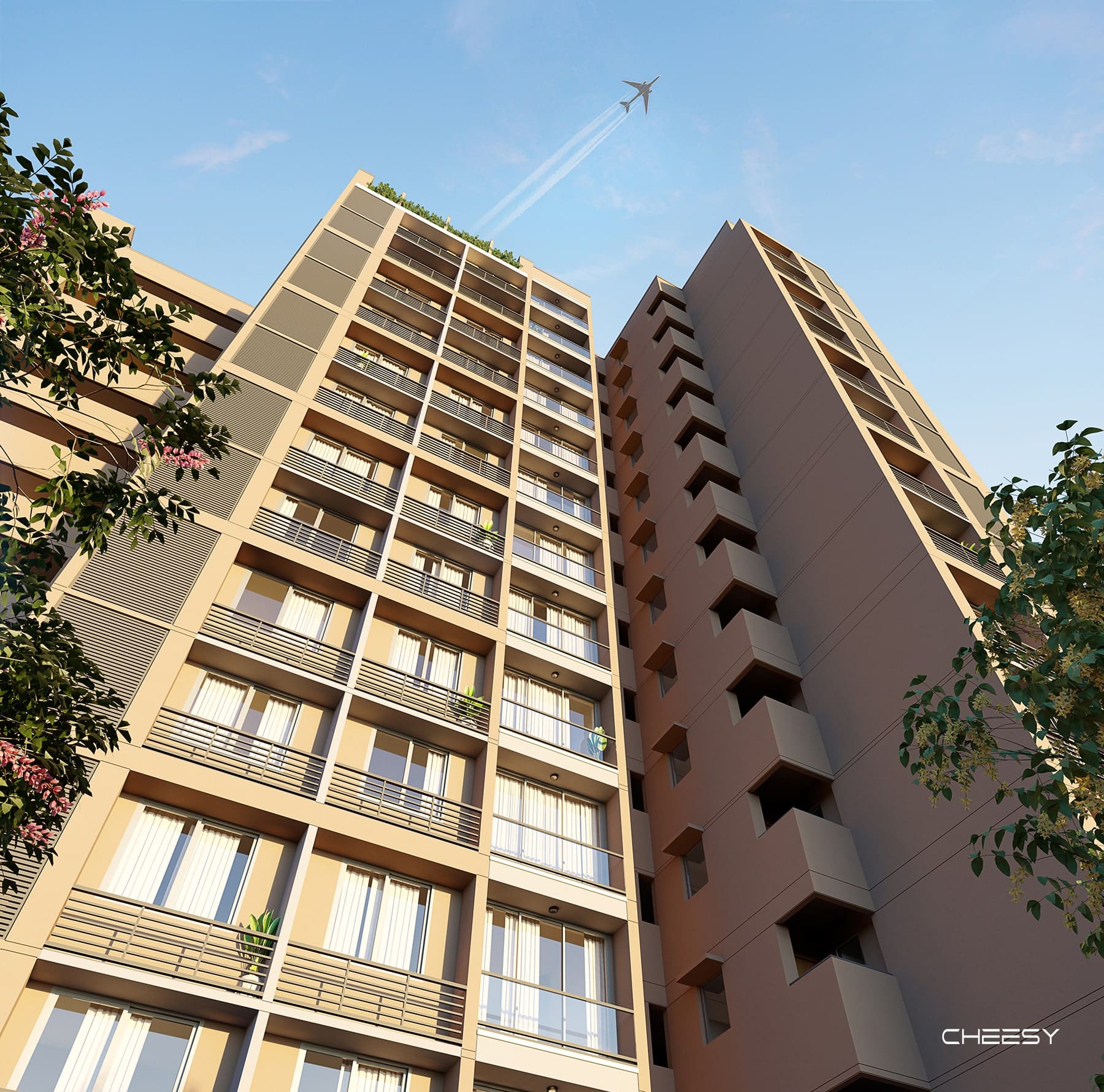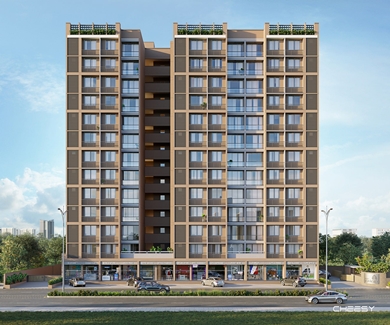GST effect on Real Estate -: A thing to be known
The Goods and Services Tax (GST) rate of 12 percent will be applicable on under-construction properties. This rate with input tax credit looks to remove the wasteful aspects of double tax collection in Value added taxation (VAT), service tax and puts a conclusion to multiple taxes. Here in this blog, the GST effect on Real Estate is described by The Cheesy Visual Studio team.
The service tax exceptions to be proceeded in GST as chosen by GST Council incorporate service given by way for pure labour contracts of construction, erection, commissioning, installation, finish, fitting out, repair, maintenance, renovate, or alteration of a civil structure or whatever other unique works relating to the beneficiary-led individual house construction/improvement under the Housing for All (Urban) Mission/Pradhan Mantri Awas Yojana (PMAY).
The advantages of putting resources into under-construction properties will exceed the advantages of putting resources into ready-to-move-in homes under the new Goods and Services Tax (GST) administration. The actual GST rate on under-construction properties is 18 percent. However, the effective tax on such properties would be 12 percent as under the new administration developers will be permitted input tax credits.
Presently, a homebuyer needs to pay a few roundabout taxes, including excise duty, value added tax and service tax, which adds up to a tax outgo of around 11 percent, excluding stamp duty. Under the present tax administration, works contract a service tax at the rate of 6 percent which is a reduced tax rate under a special plan known as the abatement scheme and value added tax or VAT which ranges from1 to 5 percent depending on the state to state. While paying these taxes today, developers don't get a deduction of the input tax but under GST they will.
In any case, the alternative of getting full input set-off credit that developers enjoy on under-construction projects would not be relevant on ready- to-move-in flats. This could adequately mean higher expenses for homebuyers of ready- to-move-in flats, say developers.
Architectural 3D Walkthrough Animation
In the meantime, the government has advised developers to pass on any advantages that they may profit under the new tax regime to the homebuyers. "The manufacturers are expected to pass on the advantages of lower tax rate under the GST regime to the buyers of property by a method for reduced costs/instalments. It is encouraged to all developers/construction organisations that in the flats under construction, they should not request that clients pay a higher tax rate on instalments to be gotten after imposition of GST," a government proclamation said.
However, the area faces issues as far as macroeconomic conditions and financial strategy decisions. One such challenge is the management of the numerous indirect tax levies, for example, VAT, excise, service tax, stamp duty and registration charges.
With the launch of GST 'how it works' strength as of now be at the forefront of your thoughts. Since the GST is to subsume different indirect taxes, it will improve tax consistency and limit the scope for double taxation. Along these lines, there is the clear explanation behind home purchasers to cheer, regardless of the possibility that they need to pay somewhat more if the standard GST rate is high.


